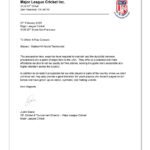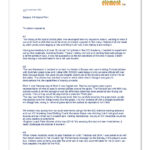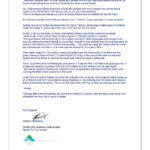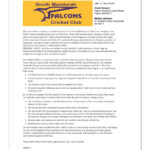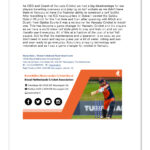H3 Hybrid Cricket Pitch
Hybrid cricket pitches at the forefront of the USA cricket revolution.
Step into the future of cricket with our H3 hybrid cricket pitch installation service in the USA. You can rest assured that you are getting the best cricket pitch construction services from us. Whether you’re a professional or a passionate enthusiast, our revolutionary hybrid turf provides an exceptional playing experience, combining tradition with innovation.
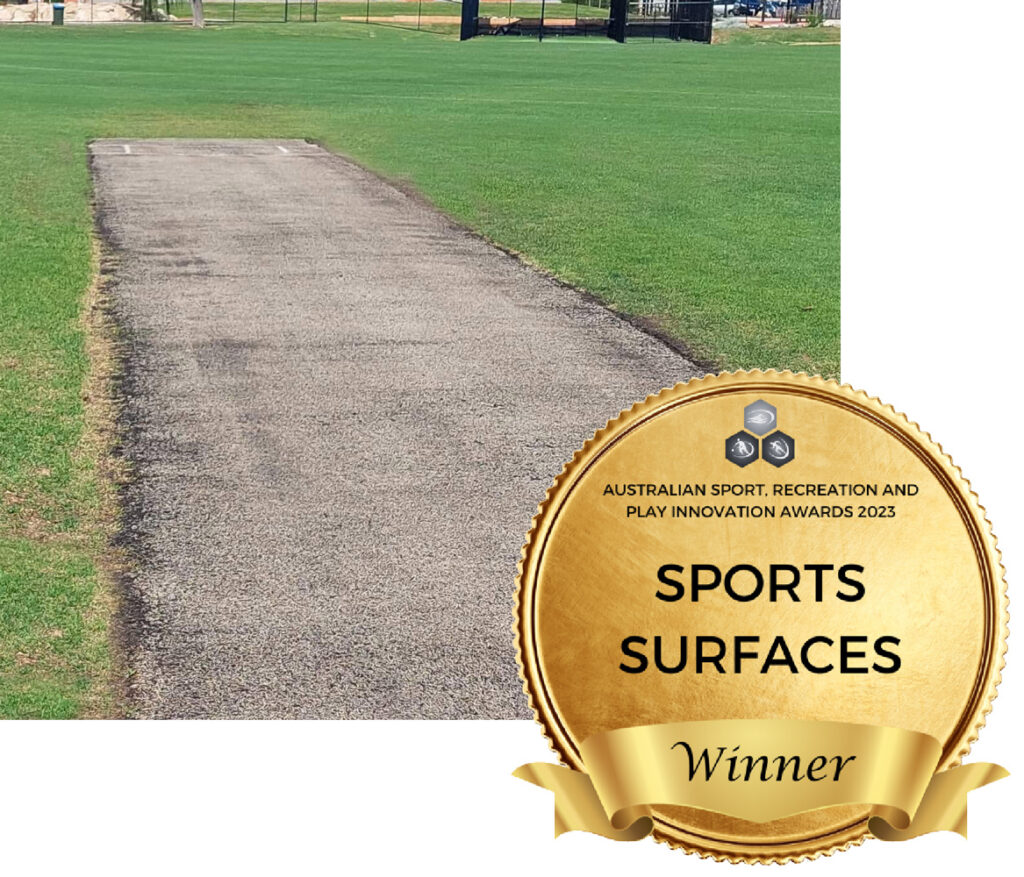
What is the Gabba H3 Hybrid Pitch?
The award winning H3 Hybrid Pitch combines high quality synthetic grass and natural cricket wicket clay to offer an exceptional playing surface. This unique blend not only ensures realistic bounce, seam, and spin but also provides a low maintenance and cost-effective surface that is perfect for practice, matches, and tournaments. Installation of H3 hybrid cricket pitches is an ideal alternative to traditional turf pitches due to their longevity and superior durability.
Recent News
“USA Cricket’s strategic partners ACE and owners of Major League Cricket (MLC) are aiming to scale this dearth of cricketing infrastructure in a very non-conventional albeit seemingly effective way. ACE have collaborated with GABBA, a company from Australia that produces hybrid turf cricket pitches.” Read More >>
Testimonials from Experts and Players on the H3 Hybrid Cricket Pitch
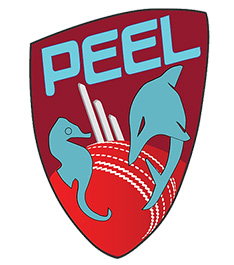
“The PCA endorses this Pitch technology as it believes this is the future best practice way of achieving a turf wicket at every club with the district.” – Terry Arnold, President Peel Cricket Association WA
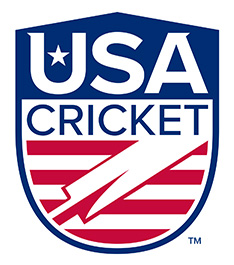
“As both a player and coach, it is great to be able to play and train regularly on a consistent surface that offers something for both bat and ball.” – Rusty Theron, USA National Team Player and MLC Academy Bay Area Head Coach

“It is important to train and play on quality, consistent turf-like surfaces in order to increase the standard of cricket in the US. The Hybrid wicket represents a step in the right direction.” – Unmukt Chand, Former India U19 Winning Captain and Captain, Silicon Valley Strikers

“Given the climate in the North-West, it is difficult to maintain turf wickets. The Hybrid Pitch presents an opportunity for high-quality players in the region to play more on surfaces that behave like a turf wicket.” – Smit Patel, MLC Contracted Player and Captain, Manhattan Yorkers

“This has the capacity to change the game here in the US, particularly in areas where the climate prevents maintaining turf wickets. I am looking forward to the next time I can play and train on this surface.” – Liam Plunkett, 2019 World Cup Winner (England) and Captain, The Philadelphians
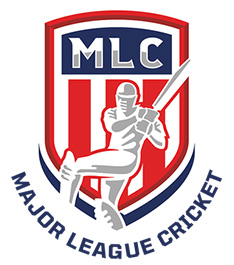
“This partnership represents a watershed moment for cricket infrastructure in the United States. Given the challenges associated with installing, preparing, and maintaining turf wickets, the H3 Hybrid Pitch supplied by our partners at Gabba Sports Netting and Surfacing has the potential to benefit cricketers at all levels of the sport across the country.” – Justin Geal, Vice President of MLC Cricket
Testing
Over the last 10 years the Pitch has endured the desert elements and has been used over 1000 + hours. We have taken clegg hammer readings of 300gravitates and compared them with our readings from both artificial cricket pitches & Natural turf cricket pitches. Hybrid cricket pitches can get very hard, like third-day test pitches. By using different clays each pitch can change its characteristics to its home ground advantage.
We have had professional teams like Kent, Lancashire, Durham, Indian Premier League teams, ICC Associate countries and international teams such as Pakistan, England, South Africa, Sri Lanka. All have been positive in comments, England coach Peter Moore’s “It’s amazing this had not been tried before, it really challenges the batmen & bowlers”.
LECTURER | JAMES COOK UNIVERSITY | PROJECT RESULTS
PLAYER & MATCH INFORMATION The average age of respondents (i.e. players) was 37.5yrs (± 14.2), and represented a mix of predominately amateur senior grade (66.7%), and masters players (29.6%), with few juniors (3.7%). Overall, there was a reasonable equivalence between a number of contextual factors that may influence responses, such as match outcome, dominant skill of player, and game time (Table 1). However, it is noted that bowlers were the most represented players (> 50%), while batters and wicketkeepers were in the minority. Table 1. Dominant skill, match outcome and game time of all respondents completing a questionnaire on the suitability of the hybrid pitch.| Dominant Skill | Match outcome | Game time |
|---|---|---|
| Batter 33.3% | Win 40.7% | Morning 55.6% |
| Bowler 55.6% | Loss 59.3% | Afternoon 44.4% |
| Wicketkeeper 11.1% | Draw 0.0% |
PLAYER PERCEPTIONS: BALL CHARACTERISTICS OFF THE PITCH
Players were asked to report their perceptions of the speed of the ball off the pitch (e.g., fast, slow), the bounce height (e.g., high, low), and the number of lateral deviations (i.e., turn, spin) occurring when contacting the pitch (e.g., minimal, severe). In regard to the speed of the ball off the pitch, most players (58%) reported encountering a moderate ball speed, while 19% of players either reported the pitch being slightly faster (19%) or slightly slower (19%). In regard to ball bounce height, 42% reported experiencing a standard bounce height, while fewer reported a slightly lower (31%) or slightly higher (15%) bounce height than normal.
Finally, the majority of participants (42%) reported a standard level, or less than standard level (35%) of lateral deviation (e.g., spin, turn) off the pitch, while few players reported more than standard amounts of lateral deviation occurring (15%). No players in this group indicated they experienced severe levels of lateral deviation (Figure 1).
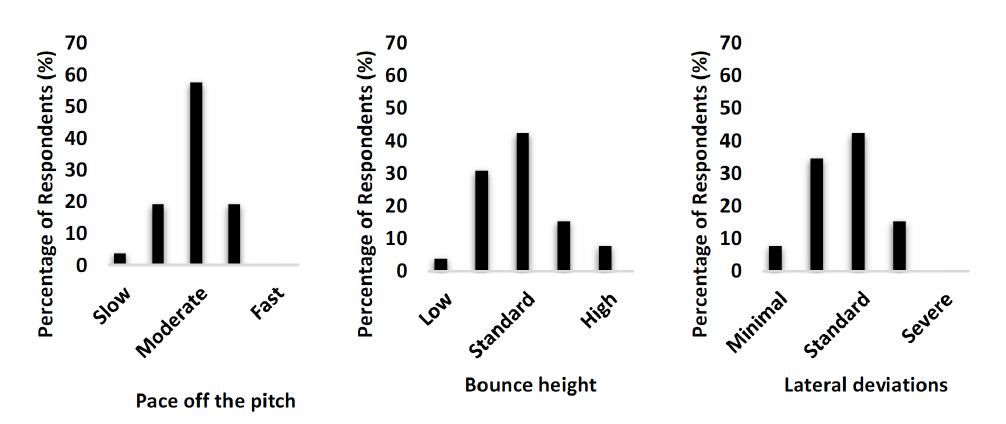
Figure 1. Percentage of respondents (players) and their descriptions of the speed of the pitch (slow to fast), bounce height (low to high) and number of lateral deviations (spin; minimal to severe).
PLAYER PERCEPTIONS: PITCH CONSISTENCY
Consistency was rated reasonably highly across all four (4) metrics. These metrics included pace of the ball off pitch, bounce height of the ball off the pitch, amount of spin (i.e. turn) of the ball off the pitch, and whether the breakup of the pitch surface was consistent (Figure 2).

Figure 2. Average score of respondents (scale 0 to 5) and their rating of the consistency of the pitch; in relation to pace off the pitch, bounce height, spin, and pitch break up (e.g., cracks appearing).

